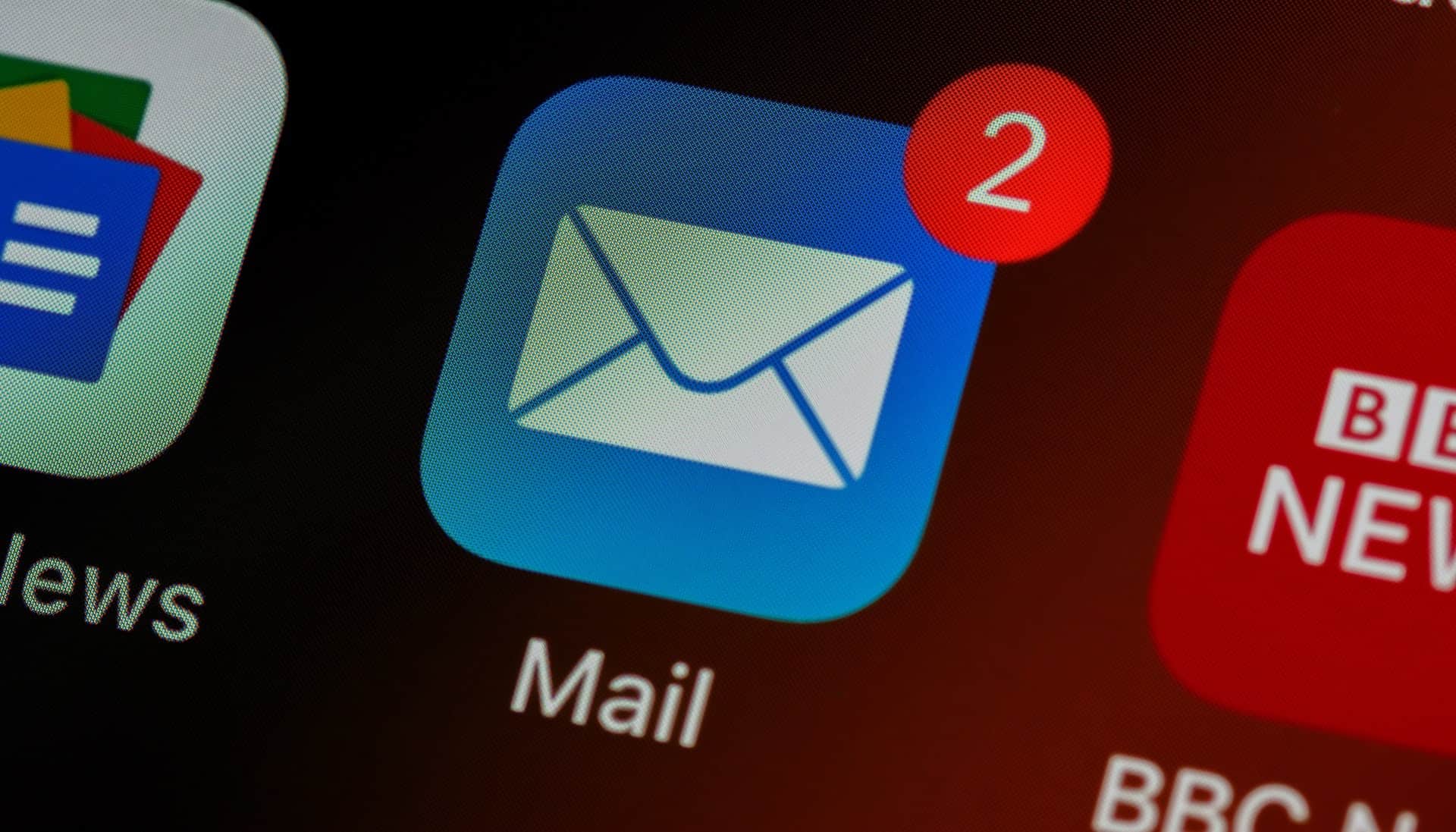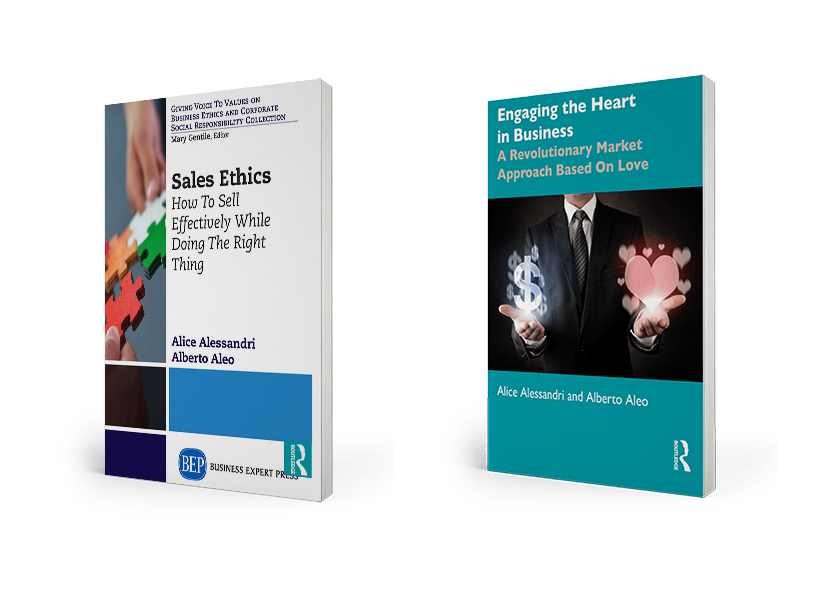The writing of emails for sales is one of the topics most frequently greeted with both curiosity and high expectations. In fact, many people want to know how to formulate a message that will stand out among the dozens of messages we all receive each day and that fill our email inbox both at home and at work.
I suggest emails for sales addressed to potential customers (businesses or consumers) should follow a simple and straightforward layout:
1. about us;
2. what we can do for you;
3. what the next step will be in our relationship.

Foto di Brett Jordan su Unsplash
About us
First, introduce yourself, do it clearly, accurately and concisely. Resist the temptation to say everything; but in one, or a maximum of two sentences, explain what you do, for whom, and how. Avoid expressions that are evidently exaggerated such as “market leader“, or generic terms such as “quality products” or “highly qualified staff“. Instead, focus on your history, your values and the way you work to identify something unique and special that makes you different from others.
– – –
I suggest you also avoid language that is too pompous, formal or full of high-sounding terms; be direct but try to avoid giving the impression of showing off or suggesting you can do anything and everything.
– – –
What you can do for you
This is the heart of the email and you must explain two aspects precisely: why you are writing to this person and what you can do for them. Make it clear to the potential customer that you have studied and pondered before writing the mail and explain why you decided to send your emails for sales to this particular person or this particular company: put the message across clearly, communicating in a direct and personal way:
I am writing to offer our experience to your company …
This central part of the message is where our chance to interest and involve the reader is at stake and the only tool we have to capture this interest is to focus on our recipients by stating explicitly what we can do for them.
Before you start writing, I suggest you define clearly the goal you set when deciding to send the email: setting up an appointment, an invitation to an event, increasing sales with a promotion, etc. This clarity of purpose will be made explicit by stating expressly what benefits the recipients will have if they agree to a meeting, attend the event, or make a purchase with this promotion and so on.
If you already know the potential customer or you have managed to gather accurate information about them, you can write a personalized message leveraging direct benefits that are specific to your recipient. If you are preparing a communication for a group of potential customers, such as a DEM campaign (Direct email marketing ed.) it will be appropriate to use more generalized benefits and motivations.
What the next step will be in our relationship
Avoid signing off with outdated or uninspiring endings such as “I look forward to hearing from you”. I suggest you take control of the relationship by stating what you will do after sending the email, for example
I will be in touch in the next few days to confirm your participation
Only ask your recipient to confirm specific things that can be scheduled: a phone call, an event invitation, an appointment.
Last but not least, we must consider the subject line, which is of paramount importance in emails for sales. Indeed, the words in this line often make the difference between an email being read, or trashed on receipt. The subject has to be both interesting and intriguing for the potential customer.
– – –
Writing an effective subject line is a real copywriting challenge and is very similar to creating a slogan for an advertising campaign.
– – –
Draft it so that it contains a positive message (avoid negative images or phrases that include the word “no”), one with which the readers will identify, or that will capture their interest, by focusing on things that concern them; sincerity, friendliness and originality will certainly not go amiss. Sometimes an open question in the subject line can be effective if you then provide the answer in the text that follows. Don’t overdo this approach, but bear it in mind. Actually, if you are reading this article it may be that the “question technique” has worked for you …
| partem claram semper aspice |
The photos used - where not owned by the editorial team or our guests - are purchased on Adobe Stock and IStockPhoto or downloaded from platforms such as UnSplash or Pexels.
Did you like this post and want to learn more about the topics?
Passodue research on issues related to sales, marketing, ethics and the centrality of human beings within the market logic, officially started in 2012. The results derived from our work are described in the publications and in the books you can find in this section.





[…] This post was first seen on this website. Written by by Alice […]